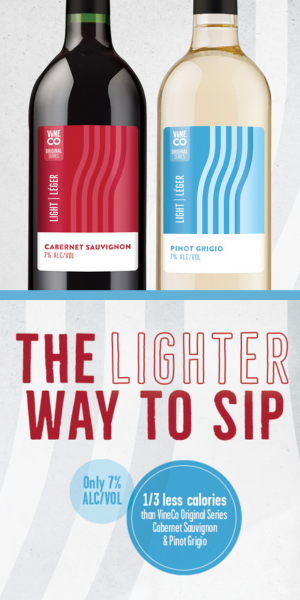Ah yes, the classic “I sunk a bunch of pennies in my carboy” tale. Forgetting for a moment that modern pennies contain very little copper, there’s a reason that most winemakers I know don’t use brass fittings or copper equipment anymore. It’s because it is indeed impossible to really know how much elemental copper you’re releasing into your wine.
In high doses, copper is indeed poisonous and there’s a very good reason that those gorgeous old Victorian cooking pots you see in antique stores are lined with shiny tin. It’s because Mrs. Crumbie the Cook wouldn’t want to inadvertently give the Master and Mistress of the house copper poisoning with a poorly lined saucepan (on second thought, who’s to say, maybe she would). Regardless, I don’t want you poisoning yourselves or your loved ones so it’s always best to carefully measure copper sulfate (CuSO₄) into your wine rather than rely on copper-containing objects or equipment.
The TTB (Alcohol and Tobacco Tax and Trade Bureau) website states that as of 2020, “The quantity of copper sulfate (calculated as copper) must not exceed 6 parts copper per million parts of wine (6.0 mg/L). The residual level of copper in the finished wine must not exceed 1 part per million (1 mg/L).” Copper from brass fittings or copper equipment does indeed react with wine and certainly can contribute to residual dissolved copper in finished wines. How much copper gets into your wine is dependent on a multitude of factors. One, as you mention, is contact time. The others include, but are not limited to, temperature, copper content of the metal item in question, surface area of the metal, the pH of your wine, the alcohol content of your wine, etc. As you can see, it’s quite unpredictable.
Now, do I think there’s anything terribly wrong with, while doing a pumpover, using a copper screen in the tub for a minute or two or racking a young wine by passing it through a hose with a copper fitting? Not really. I do think that leaving copper-containing objects in containers for any length of time over a few minutes is risky and don’t recommend it, especially if a wine is approaching bottling. Fermenting, young wines have their entire lives in carboy, keg, or barrel to precipitate and “drop out” copper-containing solids over time and are much less likely to end up with an unhealthy amount of residual copper in a finished bottle. Wine that is ready to bottle doesn’t have the luxury of time and so is quite sensitive to potentially big doses. Do you really want to chance it? If you can pick up some diluted copper sulfate solution (I usually buy a 1.00% solution) and have some small-gauge pipettes (1 mL or smaller), you’ll be able to do bench trials and measure in small amounts of copper like a pro, without any fear of having any toxic residues in your wine.



